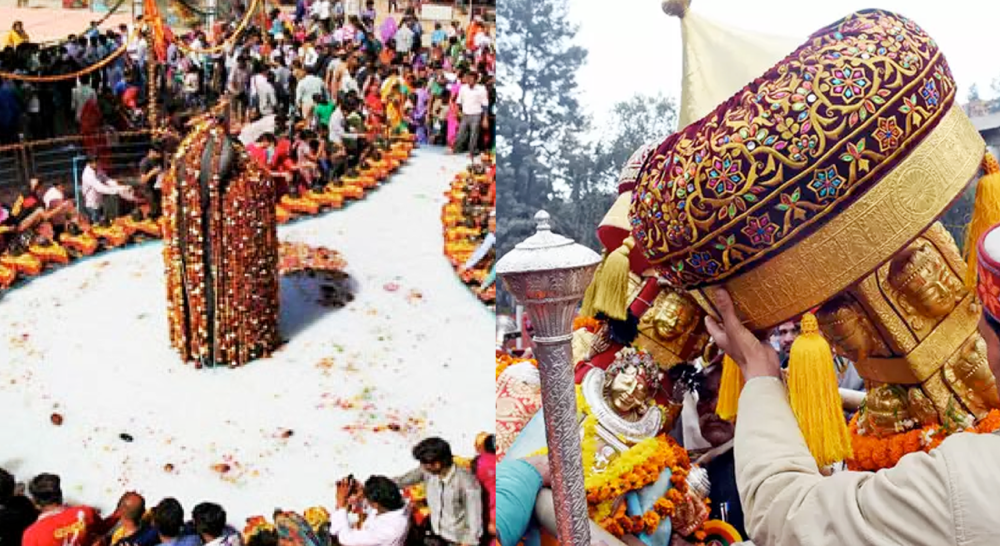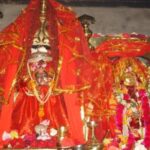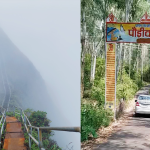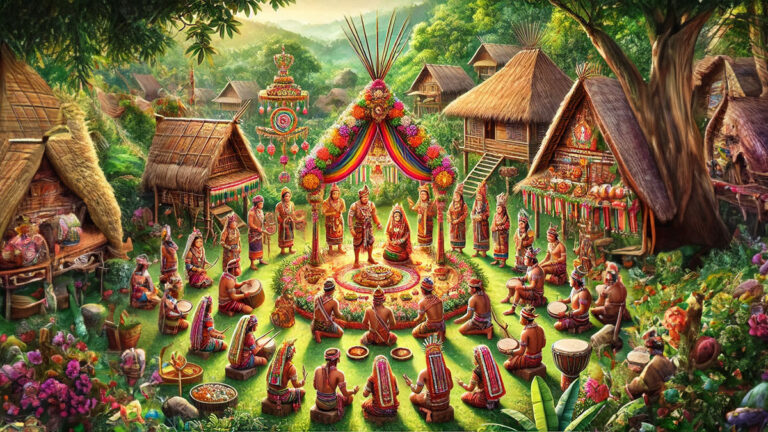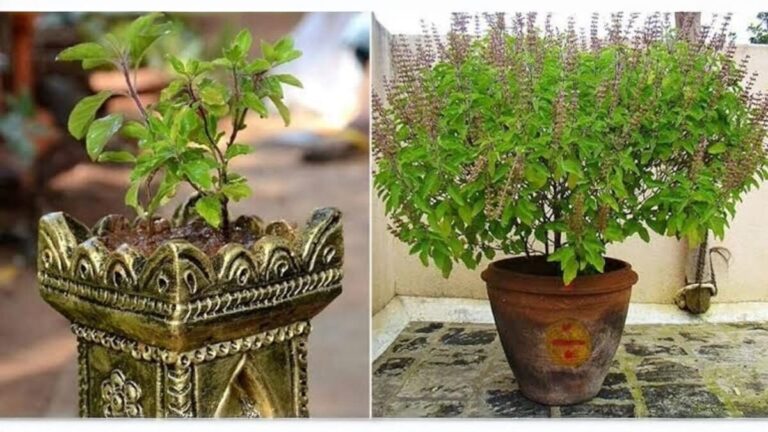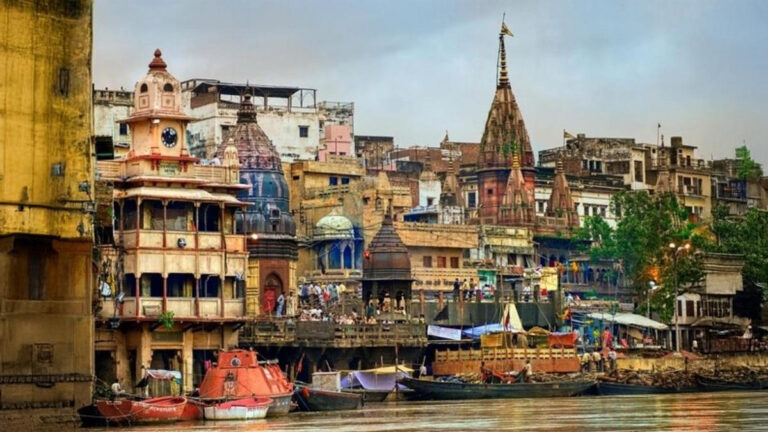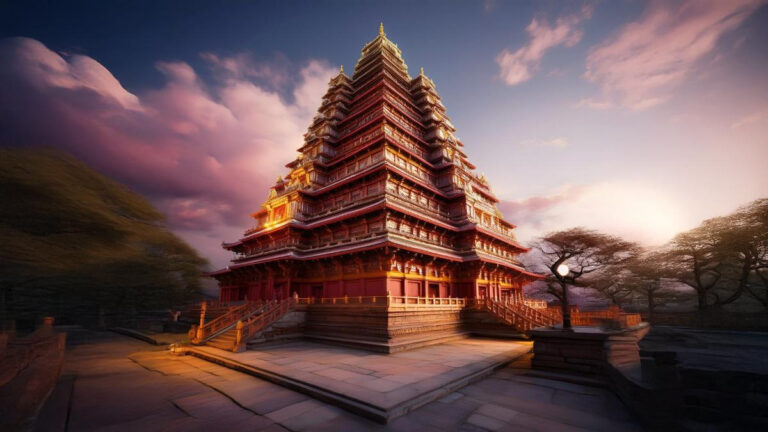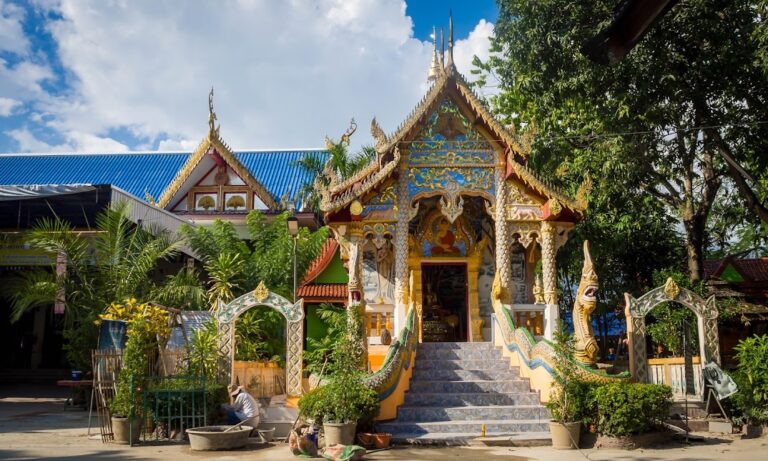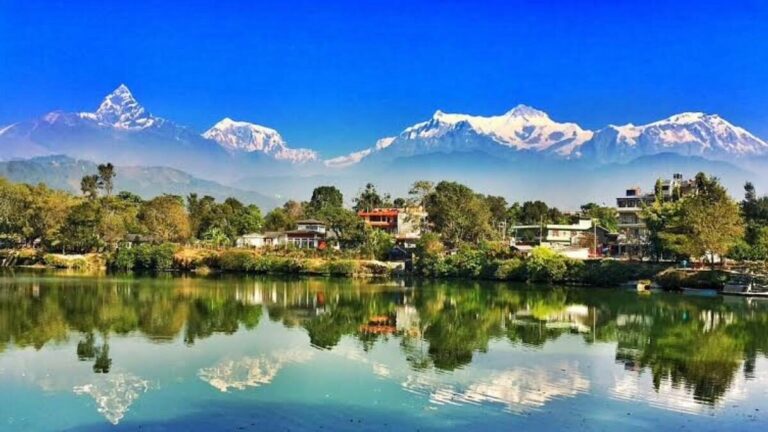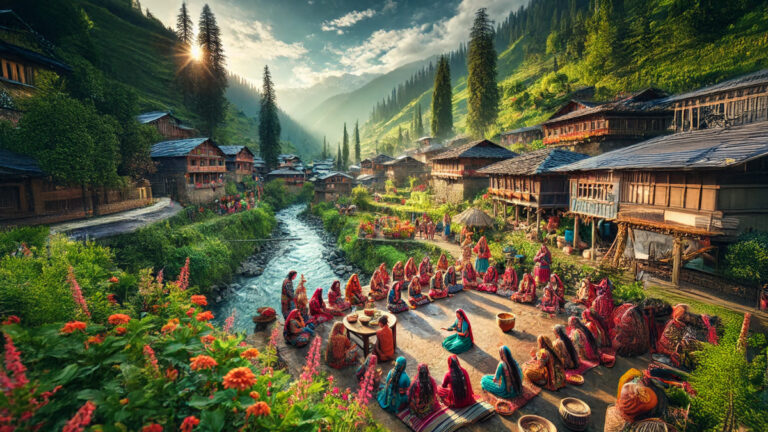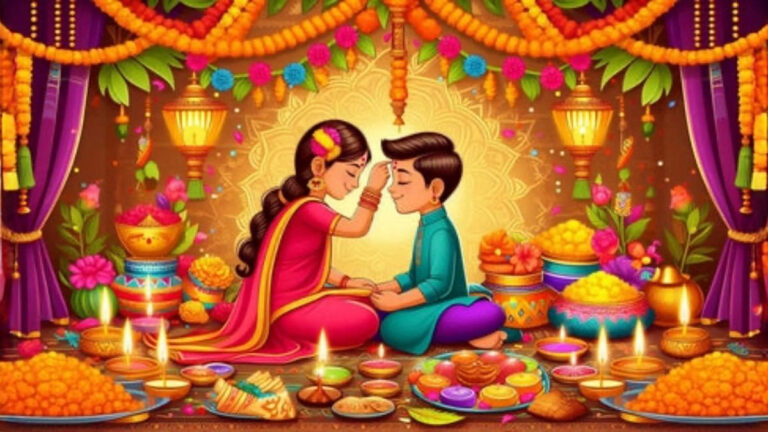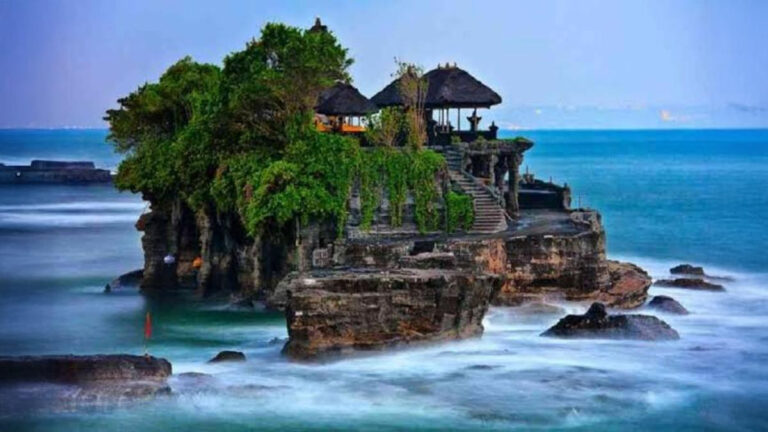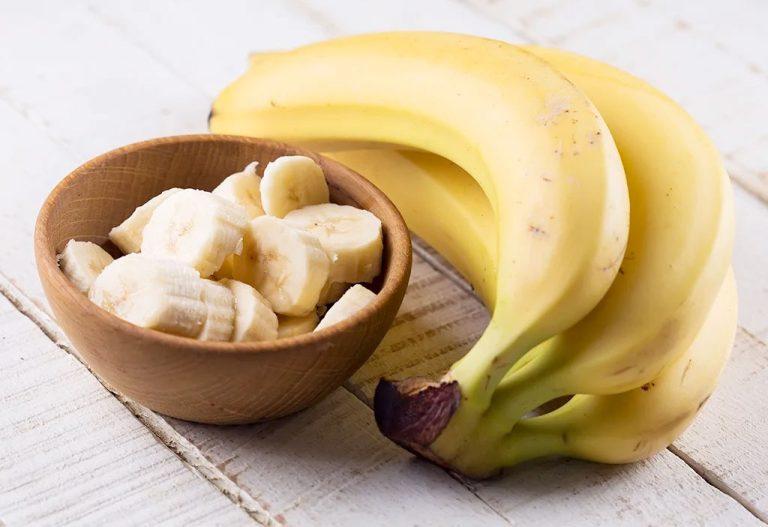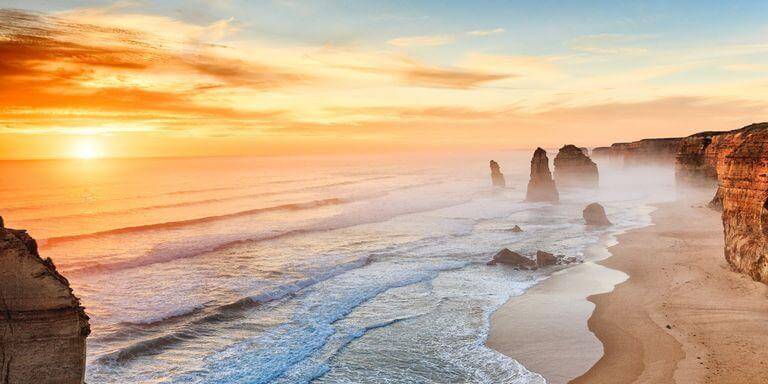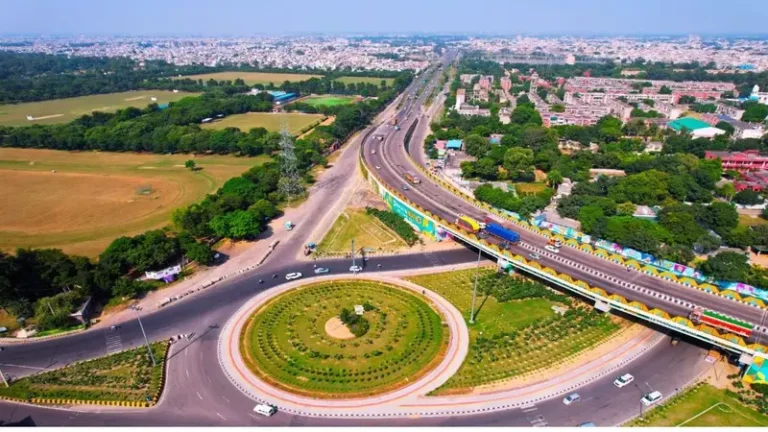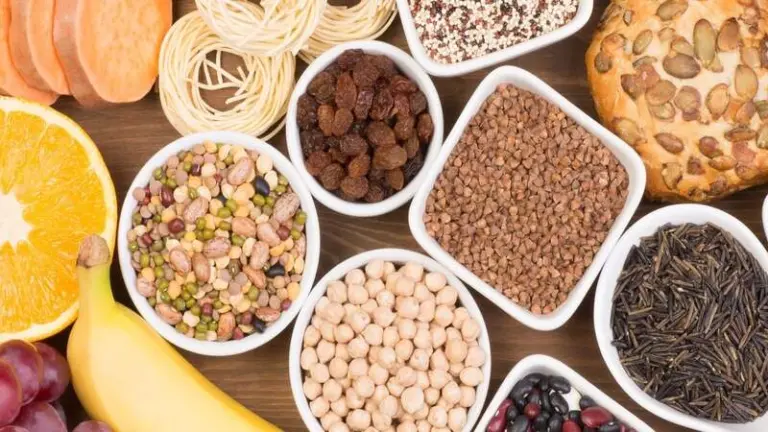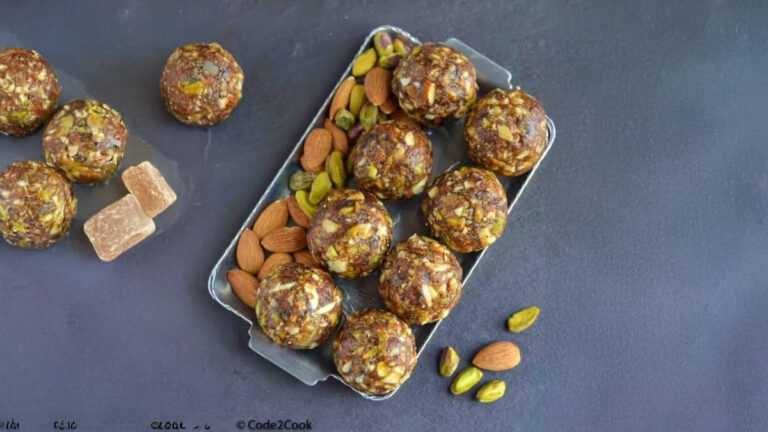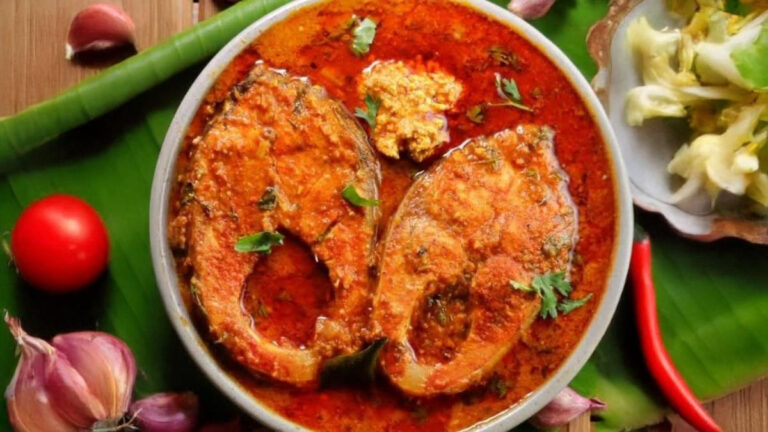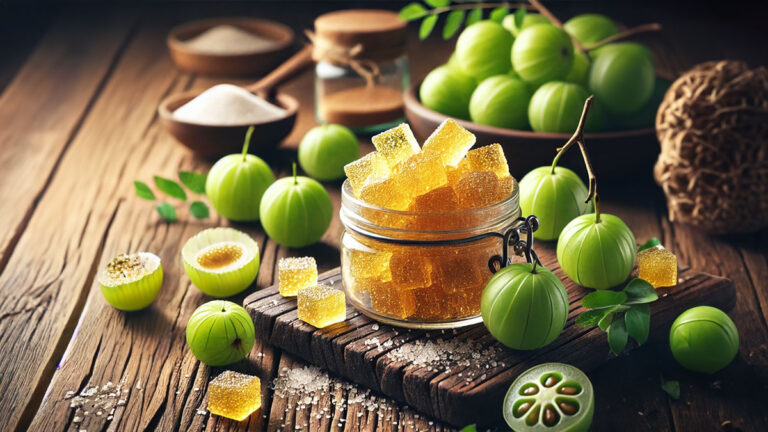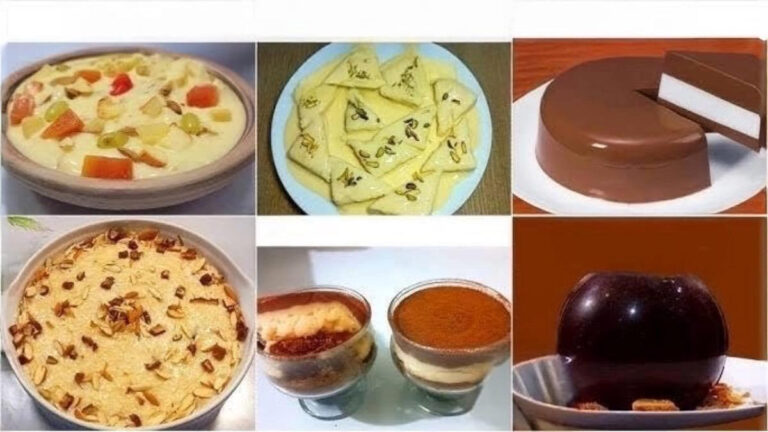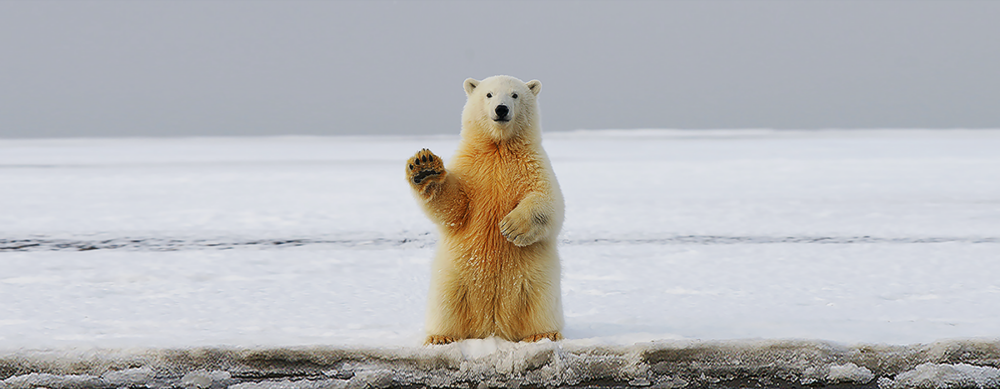The belief of the Mahashivratri Festival is worldwide. Himachal Pradesh is also known as Shiv Bhoomi. The people here worship Shiva in the form of folk. In the Gaderan region of Chamba, Shiva is called as “Dhudu”.
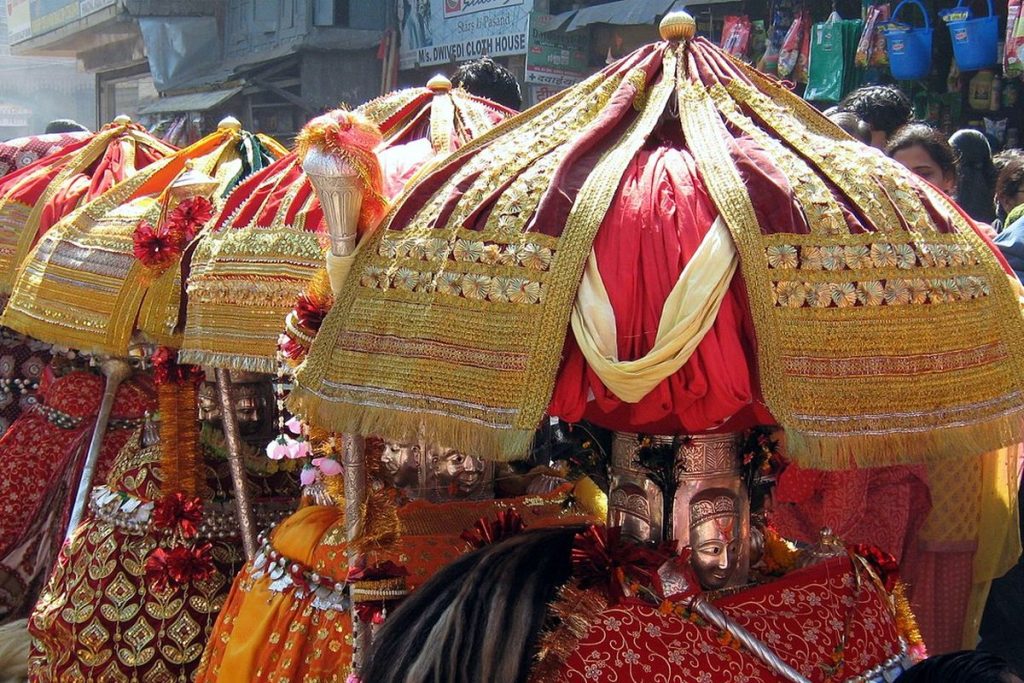
Mahashivratri, the union festival of Lord Shiva and Parvati, is celebrated all over the world. But the style of Shivratri in Himachal Pradesh Mandi city, popularly known as Chhoti Kashi, is different. It is the festival of Shaiva, Vaishnava and folk deities.
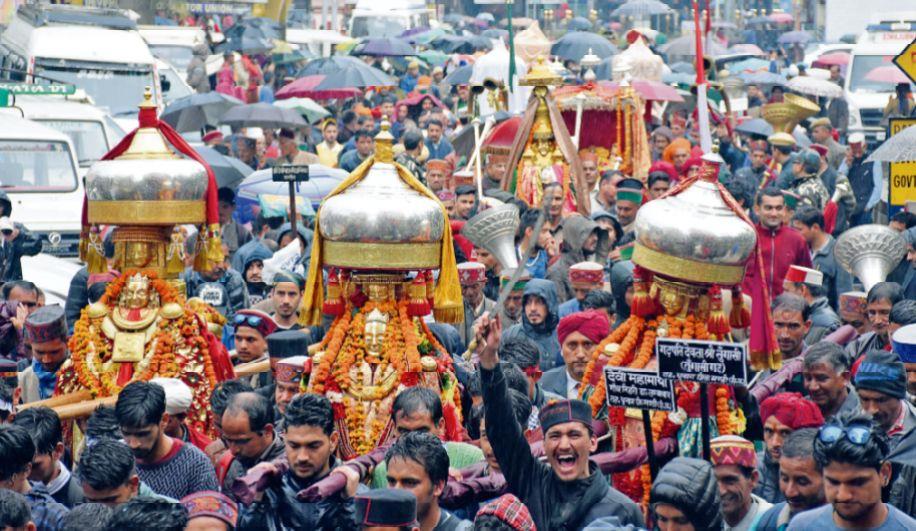
Mahashivratri Festival marks the arrival of spring and the change of seasons. With Shivratri, year-long fairs begin in Himachal Pradesh.
History of Mandi State
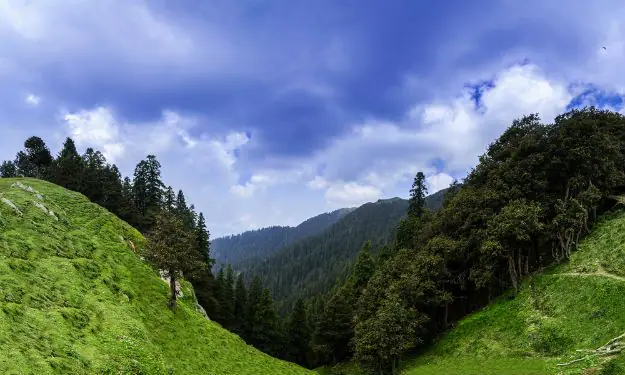
Its history starts from the seventh generation of the princely state. When King Sahusen’s younger brother Bahusen had left Lohara with the soldiers and settled his capital in the Haat of Balh. With this the princely state of Mandi was established. It was Bahusen who established the temple of Hateshwari Mata.
When Shiva left Parvati !
Himachal Pradesh is known as Shiv Bhoomi, so Himachal itself is also famous as the Karma Bhoomi of Lord Shankar. It is said that when Lord Shiva came to the attention of the world while taking away Parvati, the daughter of Parvatraj, he left the bride and the bridegroom along with the bride and got absorbed in penance.
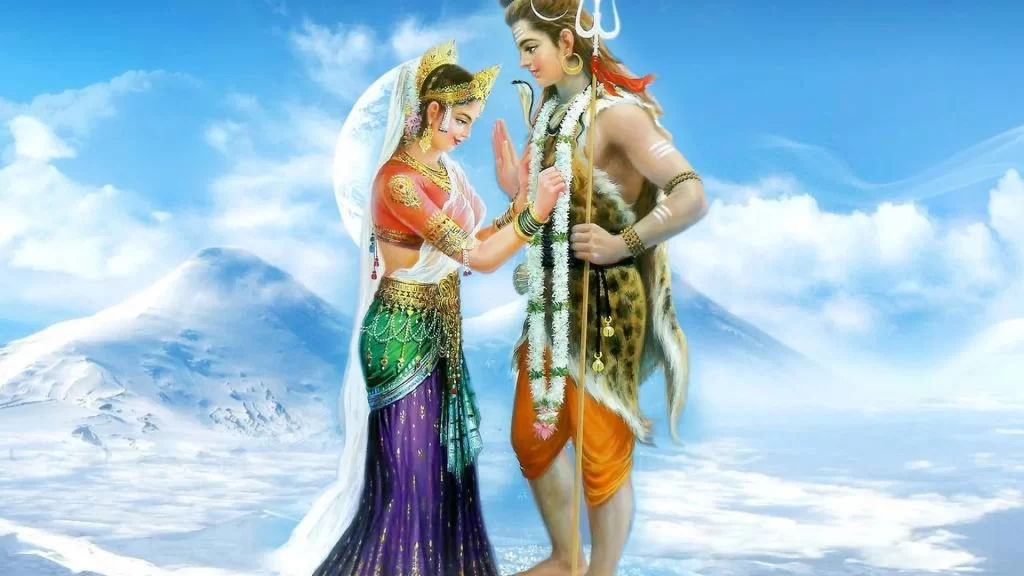
Parvati started crying when Shiva did not return. Hearing her lament, the priest came forward. A pavilion was established to invoke Shiva. Appearing in the mandap, Lord Shiva said why he has been called. On this the priest said that Parvati has fallen asleep while weeping in your memory. Since then this place got its name from Mandap to Mandavya and then to Mandi.
The deities of the district during Mahashivratri fair
Rajdevatas attend the court of Madhorai. This tradition is also going on since the time of Suraj Sen. Whereas Shivratri begins with worship in the temple of Baba Bhootnath and Madhorai. First of all, Bada Dev Kamrunag reaches Mandi Nagar. Only after this the Karaj of Shivratri starts.
From the time of the monarchy, the jaleb of Rajdevta Madhorai comes out, in which apart from the chariots of selected deities, home guards and police bands, horsemen and parades of soldiers and school children are also included. In the era of the monarchy, the king used to join Jaleb riding on an elephant, in which some pictures of Jaleb of Shivratri are seen in ancient havelis.
Scenes from the fair surrounding Seri Chanani and Ghantaghar are depicted. At the same time, the crowd gathered to see the jaleb and the scenes of the queens and women belonging to the royal family eagerly watching this grand jaleb from the windows of the raniwas are also depicted in these pictures.
Mandi Mahashivratri is different in itself
Apart from getting a glimpse of the rural culture in Mandi Shivratri, the researchers get an opportunity to see and understand the deity culture closely. There is a system of Dev Samaj which has been going on for centuries, in which there is a deity, Gur, priest, Kathayala, Kardar, Bhandari, besides the Bajantris who play folk instruments in front of the deities. Those who, in the name of faith and tradition, have remained the carriers of this system from generation to generation.
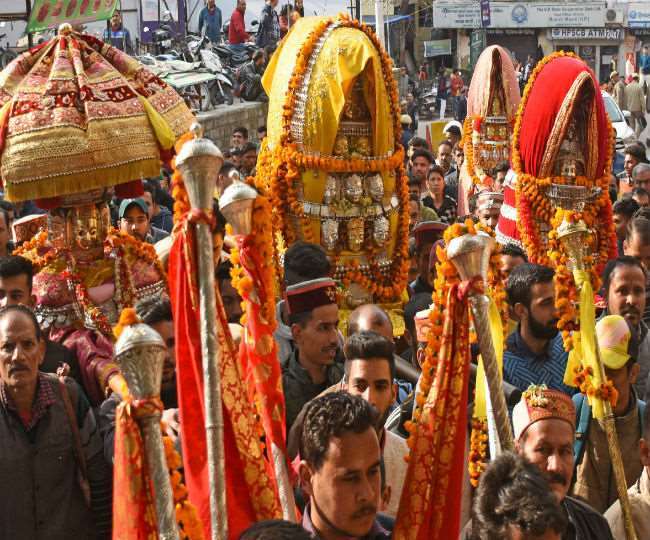
This unique festival of union of God and Adam is proving to be helpful not only in reducing the gap between time and society, but also in maintaining the folk culture of the mountain.

